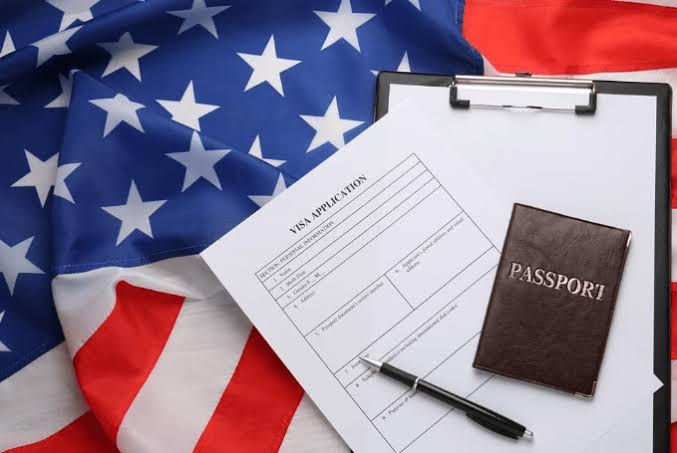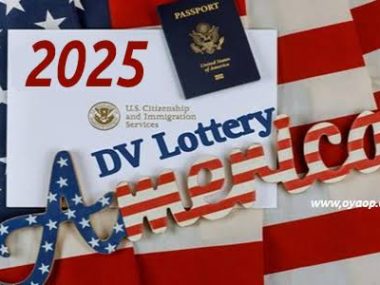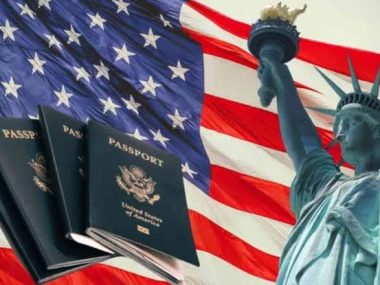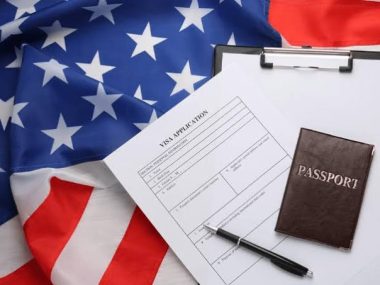The U.S. Construction Work Visa Landscape:
The United States is wrestling with a significant shortfall of skilled construction professionals. As government and private-sector investment flows into infrastructure, housing, and green energy projects, the demand for qualified tradespeople—electricians, plumbers, welders, carpenters and more—is growing. According to U.S. Bureau of Labor Statistics projections, the sector will need to fill over 600,000 construction roles each year through to 2032.
In response, American employers have turned increasingly to recruitment overseas. While there’s no single “Construction Visa”, two primary pathways allow foreign nationals to work legally in U.S. construction: the H‑2B temporary non‑agricultural visa and the EB‑3 employment-based green card category.
H‑2B Visa: Temporary Work for Seasonal Projects
The H‑2B visa is designed for short‑term or seasonal roles, ideal for summer construction, landscaping, or peak‑project demands. It permits employment for up to 12 months initially, and can be extended to a maximum of three years.
But it is explicitly time-limited. Holders must return home once their visa ends—unless they’re later offered EB‑3 sponsorship. There’s no direct path to permanent residency under the H‑2B programme.
EB‑3 Visa: Employment-Based Green Card
For those seeking long-term relocation, the EB‑3 green card offers a route to permanent U.S. residence. Under EB‑3, both skilled workers and labourers can apply, provided they have a U.S. employer willing to sponsor them and they meet required qualifications (for skilled roles, this generally means at least two years of experience or training).
Importantly, if the application is successful, not only the primary applicant but also their spouse and any children under 21 may gain permanent residency—and potentially U.S. citizenship eventually.
Understanding the Differences: At a Glance
Visas H‑2B Temporary Worker EB‑3 Green Card (Skilled / Unskilled)
Duration Up to 1 year, renewable for up to 3 years Permanent residency
Best suited Short‑term or seasonal construction projects Long‑term employment and residency
Path to green card None directly — sponsor might offer later Direct – green card opens path to citizenship
Getting Started: Important Steps to Take
- Finding a Sponsor and Employer Success starts with finding a legitimate U.S. employer prepared to file the necessary visa petitions on your behalf. Build your CV with solid references and document your trade qualifications clearly.
- Avoiding Scams The process can attract unscrupulous agents. Remember:
Never pay fees up front for visa processing.
Don’t rely on consultants promising guaranteed employment or residency.
Always deal with officially registered recruiters and check employer details independently.
- Application Process (H‑2B)
Employer applies to the Department of Labor for a temporary labour certification.
Once approved, they submit Form I‑129 with U.S. Citizenship and Immigration Services (USCIS).
After approval, you apply for a visa at a U.S. consulate, complete an interview, and undergo medical screening.
- Application Process (EB‑3)
Employer must pursue a Permanent Labour Certification (PERM) through the U.S. Department of Labor.
Following approval, they file Form I‑140 (Immigrant Petition) to USCIS.
Depending on your country’s visa availability, you either apply immediately for adjustment of status (if in the U.S.) or go through consular processing abroad.
What to Expect: Benefits & Limitations
For H‑2B Visa Holders
You gain legal work experience in the U.S.
However, your stay is finite. After the maximum three‑year period, you must depart.
There is no direct route to permanent residency or citizenship via H‑2B.
For EB‑3 Applicants
Your spouse and children under 21 may qualify for green cards.
You can eventually apply for U.S. citizenship.
Timelines can stretch over several years, especially if demand from your home country is high.
A Few Key Quotes (Retained from Your Draft)
“The United States is experiencing a major labor shortage in its construction industry.”
This reflects the ample evidence that infrastructure and clean‑energy programmes are hitting domestic labour ceilings.
“From roads to housing and renewable energy plants, these projects require carpenters, welders, electricians, masons, plumbers, and other tradespeople. But the domestic workforce simply can’t keep up.”
That observation neatly captures why foreign tradespeople are increasingly visible in U.S. construction sites.
“Both provide U.S. employers the ability to legally hire foreign construction workers to fill urgent labor shortages.”
It’s accurate to describe the H‑2B and EB‑3 paths as “legal” channels employers use to alleviate staffing gaps.
Testing the Assumptions and Making the Case Stronger
Assumption: There’s a guaranteed need for foreign workers.
Possible pushback: Domestic training programmes and apprenticeships may expand, easing shortages eventually. Some critics say the supposed “gap” is partly down to poor wage incentives or working conditions.
Assumption: The visa routes reliably lead to legal work.
Counter: H‑2B approvals undergo caps and lottery-style systems. Annual limits and fluctuating policy mean availability isn’t guaranteed.
Assumption: EB‑3 is a straightforward path to residency.
Reality check: Backlogs for applicants from high‑demand countries (e.g. India, China) can push processing times into several years.
Alternative Perspectives
Some argue the U.S. should invest more heavily in domestic vocational training, rather than rely on foreign labour.
Labour unions occasionally express concern that foreign workers might drive down wages or displace U.S. workers.
From a worker’s standpoint, sudden policy shifts—like travel bans or visa restrictions—could threaten job security. Preparing contingency plans is wise.
Steps for Applicants—Quick Checklist
- Skill Documentation: Provide verifiable proof of trade credentials and experience.
- Employer & Recruitment: Seek solid, documented job offers from U.S. firms with experience sponsoring visas.
- Legal Integrity: Never wire funds to a recruiter in exchange for “visa guarantees.” Consult lawyers or nonprofit advisers if unsure.
- Process Timelines: Understand each visa’s application steps, expected wait times, and limitations.
- Alternate Plans: If H‑2B time expires without EB‑3 follow-on, you likely must return home.
Conclusion
The U.S. construction visa pathways, notably H‑2B for temporary work and EB‑3 for permanent residency, offer viable routes for skilled foreign tradespeople. They address an everyday demand in sectors from infrastructure to energy—but only if managed carefully and legally.



